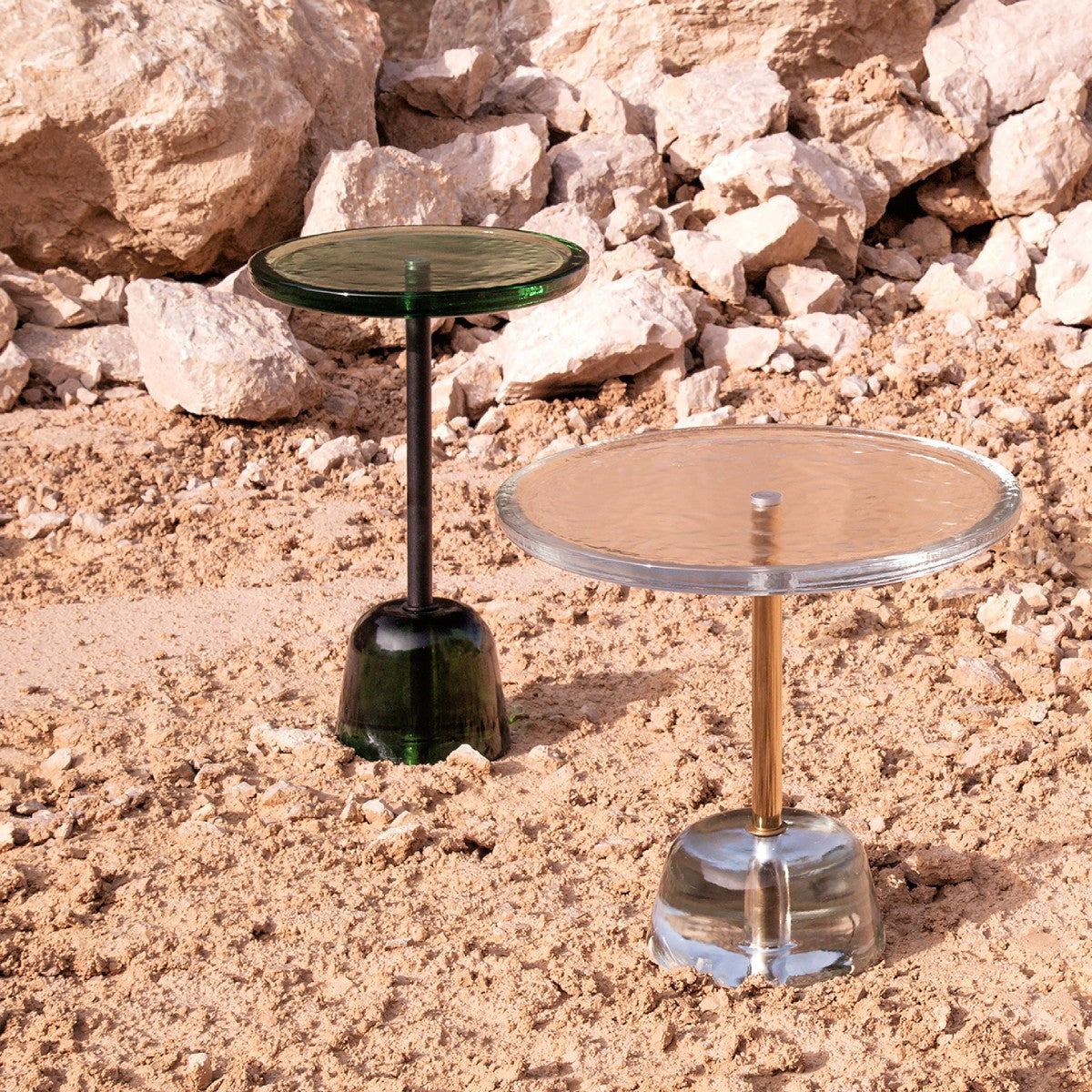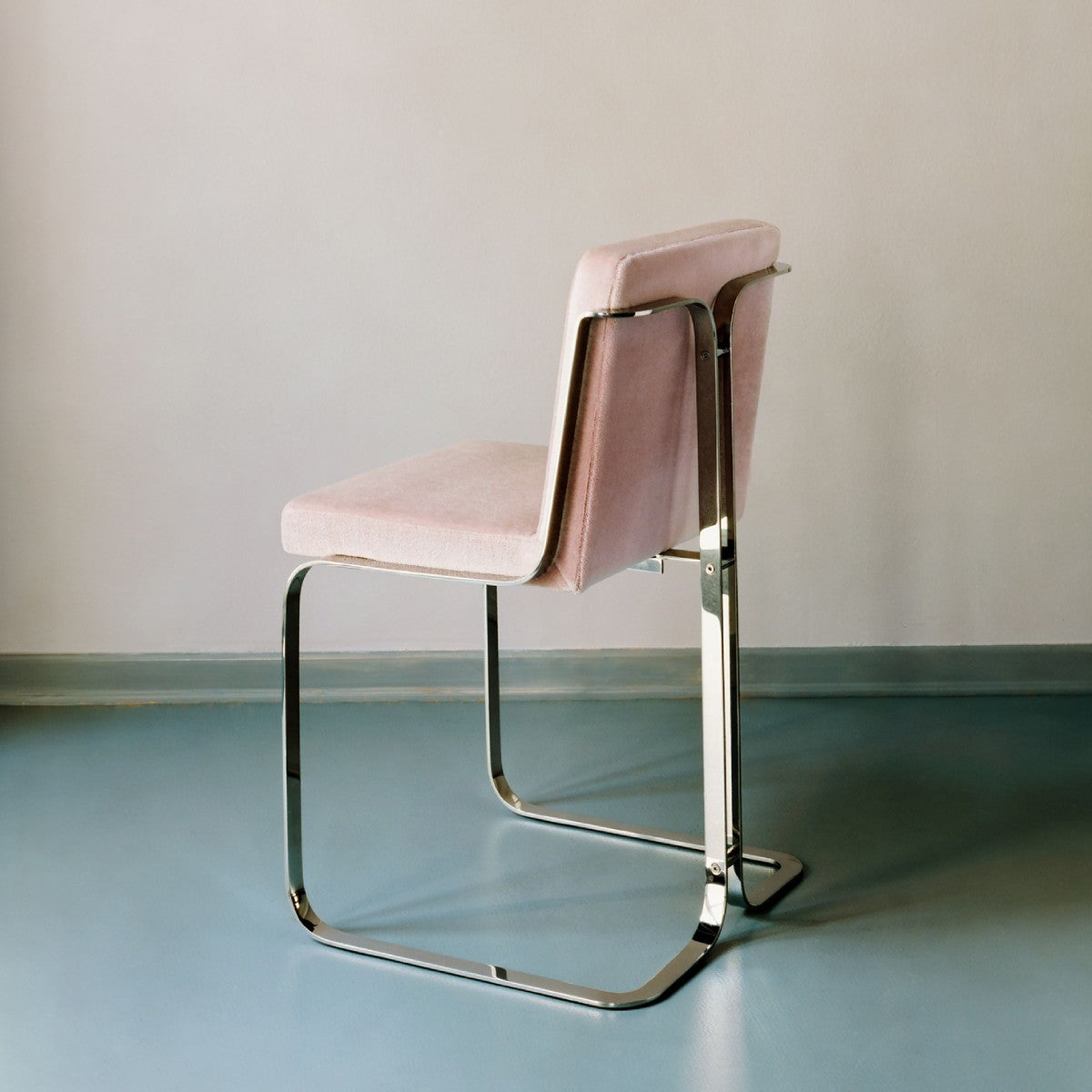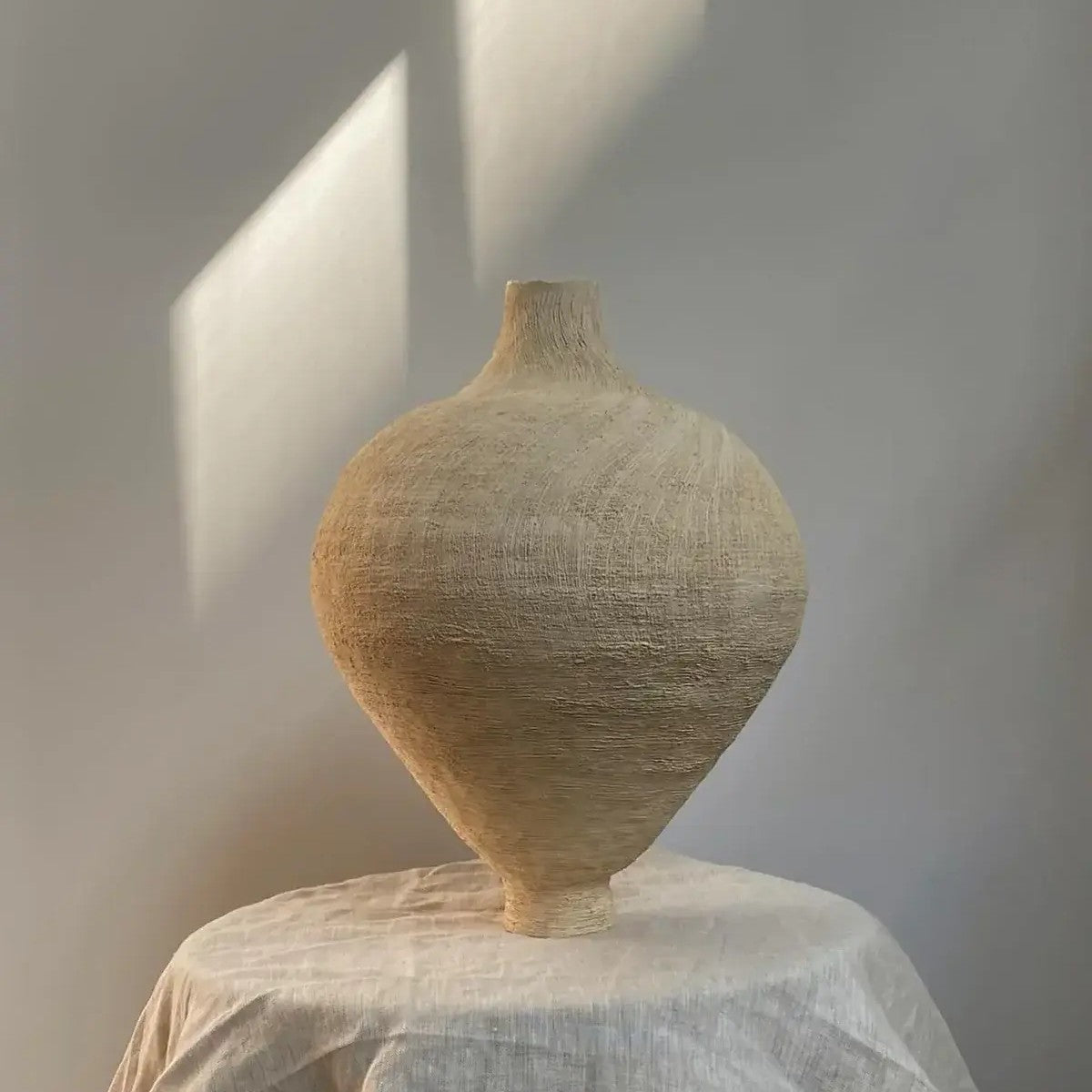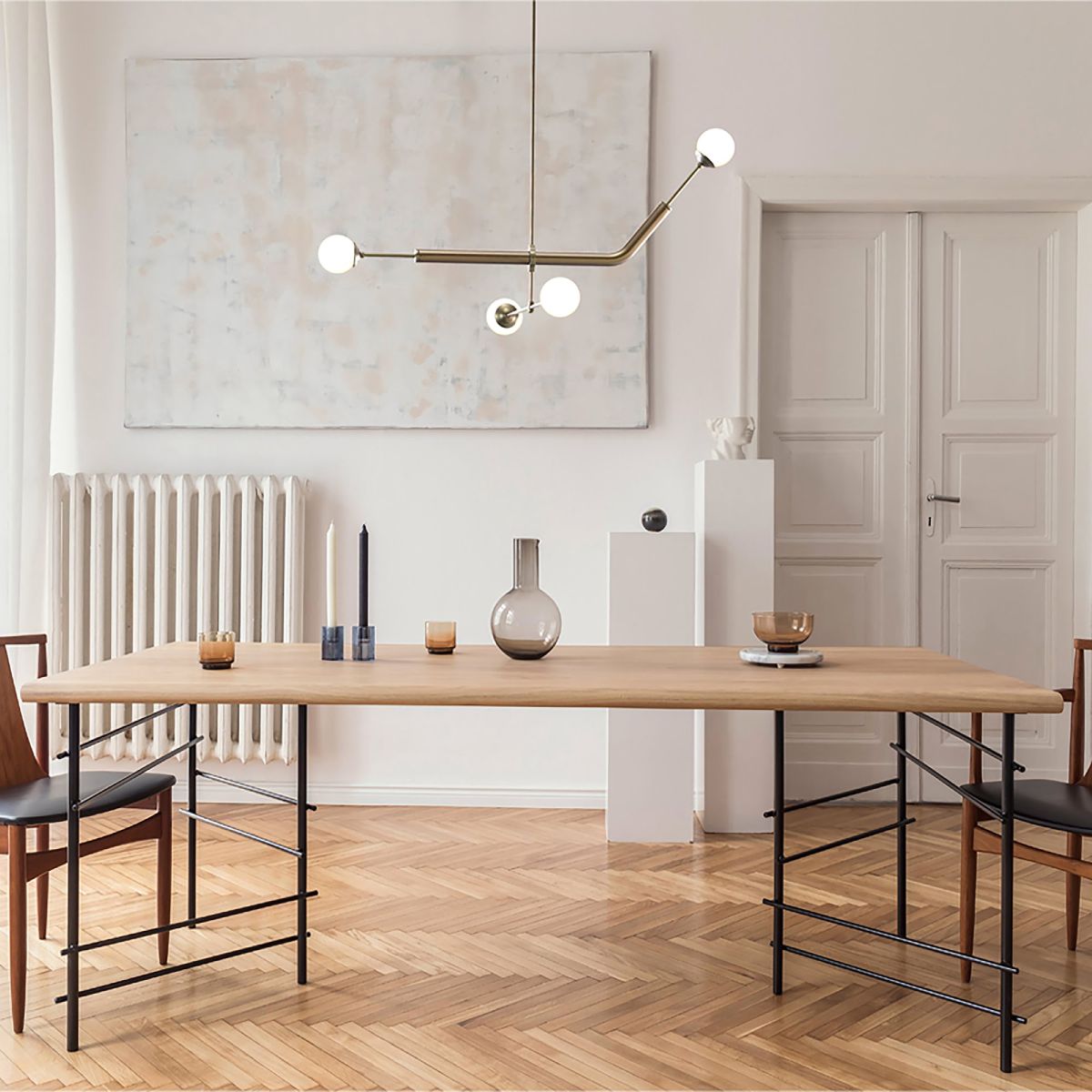‘I’ve always been really interested in collecting materials to use in my work,’ explains Fitzherbert, recalling how at school in Surrey she would salvage discarded objects to transform into sculptures and artworks. ‘I was excited by alchemy and the possibility of turning ordinary materials into something extraordinary.’

Purdey Fitzherbert in her London studio
Following her studies at Wimbledon College of Art and Newcastle University, Fitzherbert began to explore ways of making art using materials such as metals, salt, plants and mud. At this time, much of her inspiration came from the long walks she would take to combat her chronic insomnia. She found that tiredness made her hyperaware of sights and sounds, informing abstract works that combined references to natural phenomena with hypnotic, dreamlike compositions of shapes and colours.

Fitzherbert uses water- and plant-based materials, along with paper sourced directly from traditional Japanese manufacturers.
Fitzherbert describes herself as a ‘process painter’ and says she often feels like a scientist, experimenting with materials to produce unusual effects. This might mean heating something rapidly with a hairdryer or leaving paper outside to be marked and scratched by birds. These methods generate unpredictable results that give the work a sense of vibrancy and uniqueness. ‘During the making process I only have partial control over the way materials are going to combine and react,’ she points out. ‘I start with a very clear plan but I almost never stick to it. It’s about constantly responding to what I’ve created and working out what I need to do next. Often what happens when I let go and lose control is more beautiful than what I could have envisioned.’

Fitzherbert uses water- and plant-based materials, along with paper sourced directly from traditional Japanese manufacturers.
Working in harmony with the environment, she avoids toxic chemicals, opting instead to use water- and plant-based materials, along with paper sourced directly from traditional Japanese manufacturers. She feels there is a humility to this handmade paper that aligns with the Japanese philosophy of wabi-sabi and the idea of celebrating the beauty and fragility of materials as they age. ‘I’m influenced by Buddhist practices and the idea that everything around us is in a constant state of deterioration and rebirth,’ Fitzherbert explains. ‘You can see some of those things in the surface of my work.’

Hanging Mantel by Purdey Fitzherbert, created exclusively for Curio and showcased at Curio's debut installation, Hand in Hand: Making in the Modern Age.
For Curio’s launch exhibition in September 2022, Fitzherbert created a series of large-scale paper works that explore concepts including destruction, erosion and imperfection. The artworks feature materials collected from the urban environment in London, where she has lived and worked since returning from her studies in 2011. Graffitied fly posters and wallpaper scavenged from demolition sites are elevated through the application and careful layering of handmade paints she creates using natural materials, or by hand-grinding found objects such as rusted nails. Each of these unusual ingredients adds to the character of the pieces. This commitment to process coupled with her unique ability to uncover beauty in the most unexpected of places results in deeply personal work that continues to surprise and intrigue. Curio believes that Fitzherbert is indeed a talent to watch.










Leave a comment
This site is protected by hCaptcha and the hCaptcha Privacy Policy and Terms of Service apply.